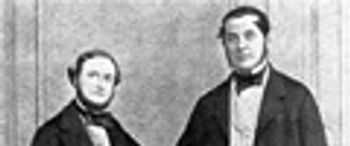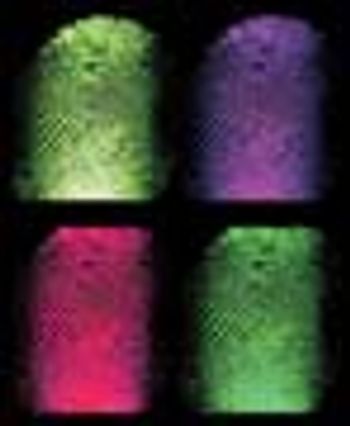
X-ray Analysis
Latest News


The twentieth century saw the rise of several novel instrumental techniques based on the use of X-rays. Today, X-ray spectroscopy and diffractometry continue to prove their utility as advances in instrumentation produce new methods and enable new applications.

The "fundamental parameters" approach to calibration in X-ray fluorescence is unique because it is based upon the theoretical relationship between measured X-ray intensities and the concentrations of elements in the sample. This theoretical relationship is based upon X-ray physics and the measured values of fundamental atomic parameters in the X-ray region of the electromagnetic spectrum. In this tutorial, an introduction to the means of calibration is provided based upon a simplified instrument–sample geometry, thus eliminating some of the mathematical details of the traditional derivations.

September 2006. The authors discuss the benefits of X-ray fluorescence (XRF) for the determination of elemental nutrients in foodstuffs and X-ray diffraction (XRD) for the measurement and characterization of different compounds used in the pharmaceuticals industry.

Spectroscopy previews all of the events and happenings at the 55th Annual Denver X-Ray Conference, to be held August 7-11 in Denver, Colorado.

This tutorial reviews the mathematical models for dealing with interelement effects in optical emission and X-ray fluorescence spectrochemical analysis. Line overlaps and matrix effect corrections are examined.

In this article, the authors discuss the basic premises that underlie the science of spectrochemistry, which has been humorously referred to as a "black art" by some.

In this X-ray tutorial, the authors attempt to answer the frequently asked question, "How deep do the X-rays penetrate my sample?"

Innov-X Corporate Profile (PDF)

Spectroscopy previews products and sessions for attendees to see and participate in at the 54th Annual Denver X-Ray Conference, to be held August 1–5 in Colorado Springs, CO.

Using MXRF, researchers have developed a novel method that detects fingerprints through the salts that are excreted in sweat.

In this study X-ray absorption was used to determine the effect of pH on the coordination of lead to humin and sphagnum peat moss. The authors determined the oxidation state and the coordination of lead to both humin and sphagnum peat moss using X-ray near edge structure and extended X-ray absorption fine structure spectroscopy. In addition, inductively coupled plasma optical emission spectroscopy was used to determine the amount of lead bound to the humin and sphagnum peat moss in the pH range 2–6.

The Spectroscopy staff presents a sampling of new product introductions that you can expect to see at the show, as well as a summary of special session topics and workshop content.

This article provides a brief overview of some of the latest spectroscopy-related equipment and supplies scheduled to be introduced at the 2003 Denver X-ray Conference at the Denver Marriott Tech Center Hotel in Denver, Colorado, August 4?8, 2003.

The x-ray energy spectrum provides rapid identification of mineral samples.





